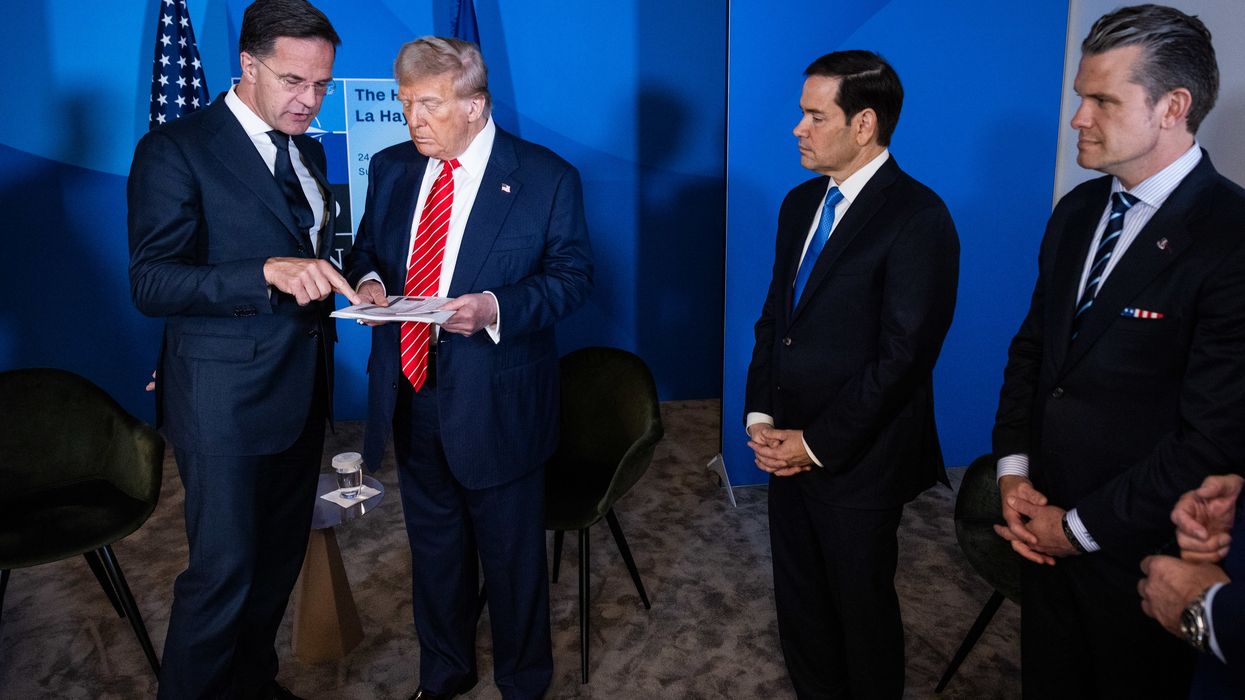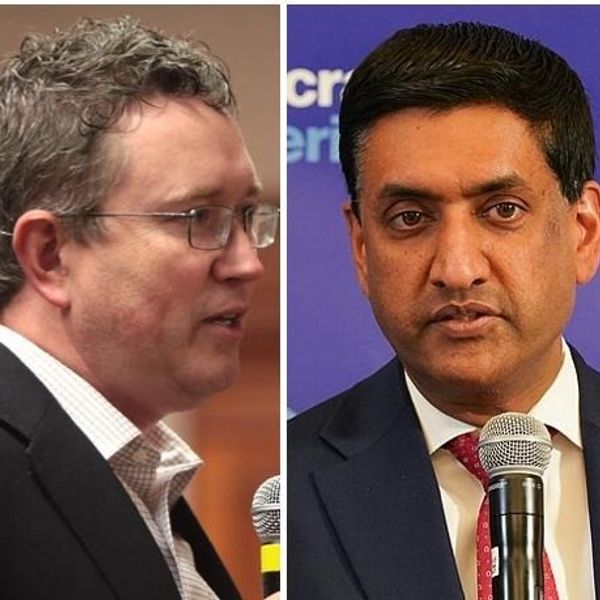In a major policy shift, Defense Secretary Lloyd Austin called on Congress to end a requirement that military services submit a list of “unfunded priorities” that did not make it into the president’s annual budget request.
“Our [budget] request is directly linked to the capabilities that we need to execute our strategy,” Austin said during a Senate Armed Services Committee hearing on Tuesday.
The comments came just hours after CQ Roll Call revealed a letter in which the Pentagon’s top financial official asked lawmakers to “reconsider” the wish list mandate.
“The current statutory practice of having multiple individual senior leaders submit priorities for additional funding absent the benefit of weighing costs and benefits across the department is not an effective way to illuminate our top joint priorities,” wrote Pentagon Comptroller Mark McCord in a letter to Sen. Elizabeth Warren (D-Mass.).
For decades, military branches and combatant commands have submitted these “unfunded priorities lists” (UPLs) to Congress in hopes of getting money for programs that the president — and often top leaders at the Pentagon — would prefer to nix.
In practice, UPLs serve as a road map for hawkish members of Congress who want to drive up defense spending by going around the regular budget process, according to watchdogs. Experts also argue that the lists discourage the Pentagon from making hard decisions about spending priorities and undermine civilian control of the military.
“The unfunded priority process is just a way to add more money into the budget at the end,” said Dan Grazier, a senior defense policy fellow at the Project on Government Oversight (POGO). “It just creates opportunities for shenanigans on Capitol Hill.”
Precise data on the impact of UPLs is hard to come by given that, unlike official budget proposals, the government is not obligated to make them public. But wish list requests made up at least half of the $45 billion that lawmakers tacked on top of President Joe Biden’s initial ask last year — an eight percent tip for the military that would cover well over half of the State Department’s entire annual budget.
“I can confidently tell you that in recent years, each year, [budget hikes from wish lists have] been in the billions of dollars,” said Andrew Lautz of the National Taxpayers’ Union.
Biden recently released his budget request for next year, which asks for $886 billion in total defense spending, including $842 billion for the Pentagon. If approved, the military budget will be one of the largest since World War II, higher (even in adjusted terms) than spending levels during the Vietnam War.
Former Defense Secretary Robert Gates attempted to rein in wish lists in 2009 by instructing uniformed leaders to submit their requests through him rather than asking Congress directly. Gates’ efforts resulted in a roughly 90 percent drop in total UPL asks between 2008 and 2009.
But the new policy quickly sparked a backlash among more hawkish members of Congress, many of whom had come to rely on the wish lists as a road map for boosting defense spending. “By curbing the services' appetite, Gates has taken away from lawmakers their potent refrain — when stuffing extra billions into the defense budget — that they're only giving the uniformed military what its leaders say they need,” journalist Mark Thompson wrote at the time.
After years of wrangling, hawkish lawmakers managed to get the upper hand again in 2016, when Congress made it a legal requirement that all services and combatant commands submit an annual UPL. (The Pentagon remains the only agency that legally has to submit wish lists each year.)
Experts say the new law has sparked a sharp uptick in the number and size of wish lists. Last year, the Pentagon submitted an unprecedented second set of UPLs at the end of the budget process, when House and Senate leaders were working out a defense authorization bill behind closed doors.
“Unfunded priority lists always circumvent and undermine the budget process, and sending Congress a second wish list during the lame duck session is outrageous because debate is essentially impossible,” wrote Julia Gledhill of POGO in Breaking Defense last year.
This year, the Marine Corps used its wish list to ask for $3.7 billion of items that, if enacted, would boost its total budget by seven percent, according to Lautz. The Marines’ biggest request is a new San Antonio class amphibious ship. The service included $250 million to start acquiring the vessel in last year’s wish list, which Congress signed off on despite opposition from the Navy. Now, the Marine Corps wants an additional $1.7 billion to fund the rest of that purchase.
This is a prime example of how UPLs sidestep important conversations about spending priorities, according to Grazier, who noted that amphibious ships are a crucial element of the Marine Corps’ long-term strategy. Despite the vessel’s outsized importance, Pentagon officials kept it out of the initial budget request while leaving in billions of dollars worth of spending on more controversial programs like the F-35 fighter jet or the Zumwalt-class destroyer.
“Far too often, they'll put lower priority things in the base budget, and then put higher priority items in the unfunded priorities list saying, ‘hey, we really need this,’” Grazier told RS.
So far, reporters have only gotten their hands on three other UPLs this year. The Army asked for $1.9 billion, most of which would go toward upgrades to its tank and helicopter fleets, while the Indo-Pacific Command requested $3.4 billion, which would fund everything from missile upgrades to naval drills in the region. The Coast Guard’s $1.57 billion wish list, if enacted, would increase the service’s total budget by more than 10 percent.
Despite broad support in Congress for boosting defense spending, some lawmakers have come out emphatically against the UPL process. After last year’s second list, Sens. Angus King (I-Maine), Mike Braun (R-Ind.), Mike Lee (R-Utah) joined Sen. Warren to introduce a bill that would repeal the law requiring the Pentagon to submit wish lists.
In a January letter, the lawmakers asked Secretary Austin to crack down on UPLs in this year’s budget process.
“The Department of Defense must show taxpayers that it is a responsible steward of its funds,” they wrote. “That must begin with eliminating the practice of sending Congress bloated wish lists for additional funds on top of its core budget submissions.”














